U.S. lags behind other countries in terms of driver training
When it comes to things like diversity, sports, and entertainment, the United States outshines other countries. However, our country falls short in an important area: training for professional drivers.
While the Federal Motor Carrier Safety Administration enacted a provision establishing comprehensive national minimum training standards for entry-level commercial truck and bus operators seeking to obtain a commercial driver’s license (CDL) or certain endorsements, the U.S. is still lagging behind other countries when it comes to guidelines about preparation for professional drivers.
With a compliance date of February 2020, the entry-level driver training final rule addresses the knowledge and skills necessary for the safe operation of commercial motor vehicles. The final rule also sets forth minimum qualifications for entities and individuals who provide entry-level driver training, according to the FMCSA website.
However, other countries go above and beyond this type of regulation to ensure drivers are properly trained to operate their vehicles safely and efficiently.
Continuing education
Healthcare, education, business… these sectors require continuing education to keep workers up to date on the latest knowledge and skills needed for that particular trade.
However, this is not the case when it comes to U.S. trucking. Commercial drivers are not required to complete any kind of regulated continuing education after earning their CDL.
In Europe, most countries require drivers to take 35 hours of periodic training every 5 years to maintain and update their skills.
Directive 2003/59/EC established the principle of lifelong learning as part of a professional driver's work by requiring an amount of periodic training at regular intervals to maintain professional skills.
Regulation of training centers
Regulations in some other countries require anyone who wants to train or assess commercial vehicle drivers to “complete a minimum of 145 hours of training covering foundational knowledge of how adults learn, methods for setting up classrooms and hands-on practice labs and interpersonal communication, including coaching skills,” according to a recent Transport Topics article.
However, the U.S. is making strides toward better driver training and preparation with its entry-level driver training final rule which establishes minimum qualifications for entities and individuals who provide entry-level driver training.
In order to become an approved entity, public and private CDL training programs, and fleet operated CDL training programs (among others) must register with FMCSA and self-certify that they have fulfilled the requirements for providing CDL training, according to FMCSA’s ELDT Final Rule Presentation.
Although the U.S. is behind some other countries in regard to training for professional drivers, our country is making steps in the right direction. Only time will tell whether or not this increased regulation will positively impact driver retention and help solve the shortage of qualified drivers.
As for fuel prices, the United States On-Highway Diesel Fuel Price was $2.98 as of March 12, 2018. This national average is .016 lower than one week ago.


